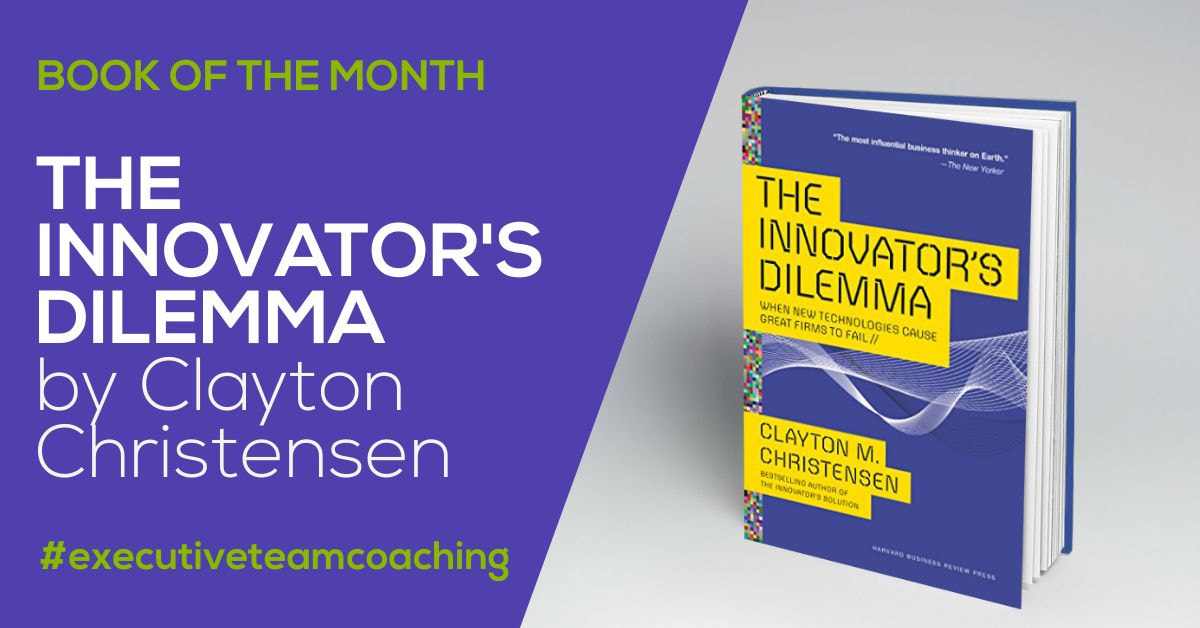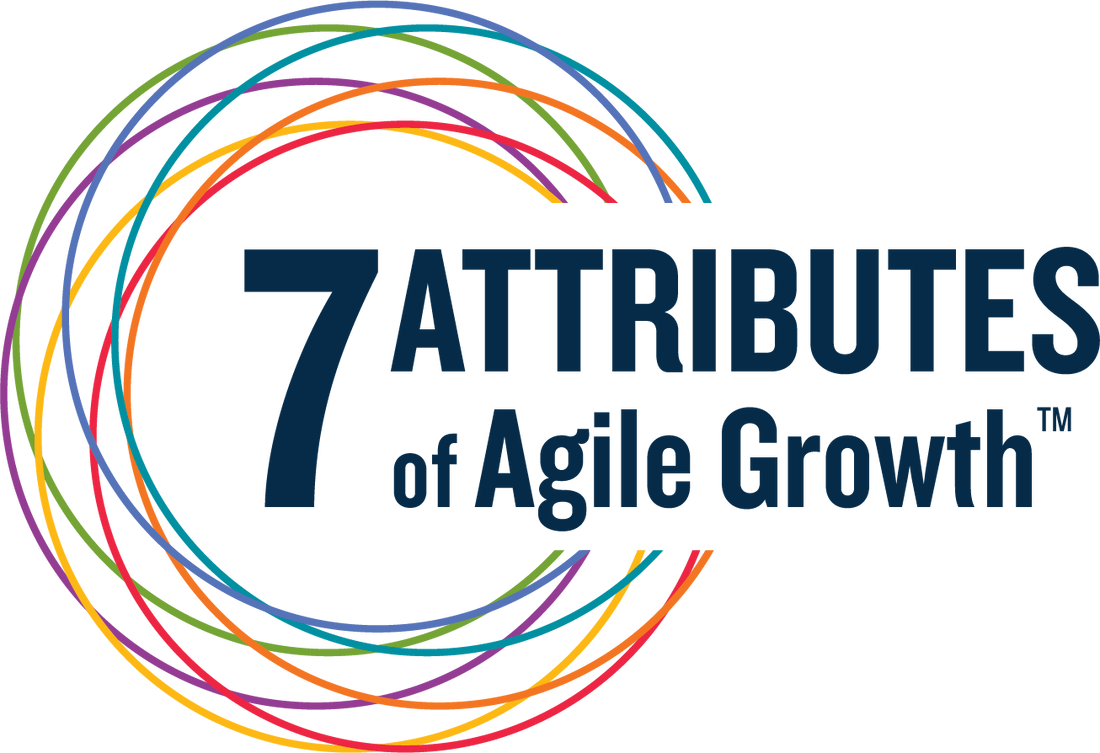|
When it comes to developing a revolutionary product, or responding to one developed by a competitor, why do so many established companies fail?
Innovation thought-leader Clayton Christensen shares his research and guidance in The Innovator’s Dilemma. There are “two principles of good management” commonly taught in business higher education: 1) always listen to and respond to the needs of your best customers, and 2) focus investments on those innovations that promise the highest returns. In practice, however, these principles are often the root causes for a company’s demise. The central idea is that companies become successful by developing their organizational capabilities to do the work needed to sell, produce and deliver products or services to their target market. However, when a related disruptive technology or opportunity emerges, the customer market is somewhat different, at least initially. And the organizational capabilities needed to be successful also differ. Established companies often try to respond to, or develop, a disruptive technology from within their company, using their legacy organizational capabilities. This tends to fail. Alternatively, they change their existing capabilities to support success with the new technology, which usually erodes their core business. The solution, for truly revolutionary technologies, is to spin out a separate team that can develop the new organizational capabilities. Internal teams, by contrast, work best for evolutionary technologies. Note that Clayton Christensen’s research, outlined in this book, aligns well with the findings of Chris Zook summarized in Profit from the Core (which we introduced last month). In that book, Zook outlines how companies are most successful when they innovate with extensions of their existing products and services, extensions that leverage their existing capabilities, rather than entirely new offerings that require different capabilities. The added nugget in Christensen’s research is that entirely revolutionary offerings CAN be successful, but not WITHIN the company. A separate organization, with unique capabilities, needs to be created to focus on that disruptive opportunity. Book: 288 pages. Book summary on Soundview: 8 pages, 18 minutes audio. How can you improve your innovativeness? To find out how to improve your innovativeness to grow more easily, quickly and profitability, AND enjoy the ride, try our complimentary Agile Growth Checklist. This self-service questionnaire takes 5 to 10 minutes to complete. You'll receive the checklist with your responses immediately. Within 24 hours, you'll receive a compiled report highlighting areas to improve. Find out how your company is doing in each of the 7 areas needed to produce more rapid, profitable and sustainable growth. This report is complementary and involves no obligation. Comments are closed.
|
Archives
December 2029
Categories
All
|


 RSS Feed
RSS Feed
